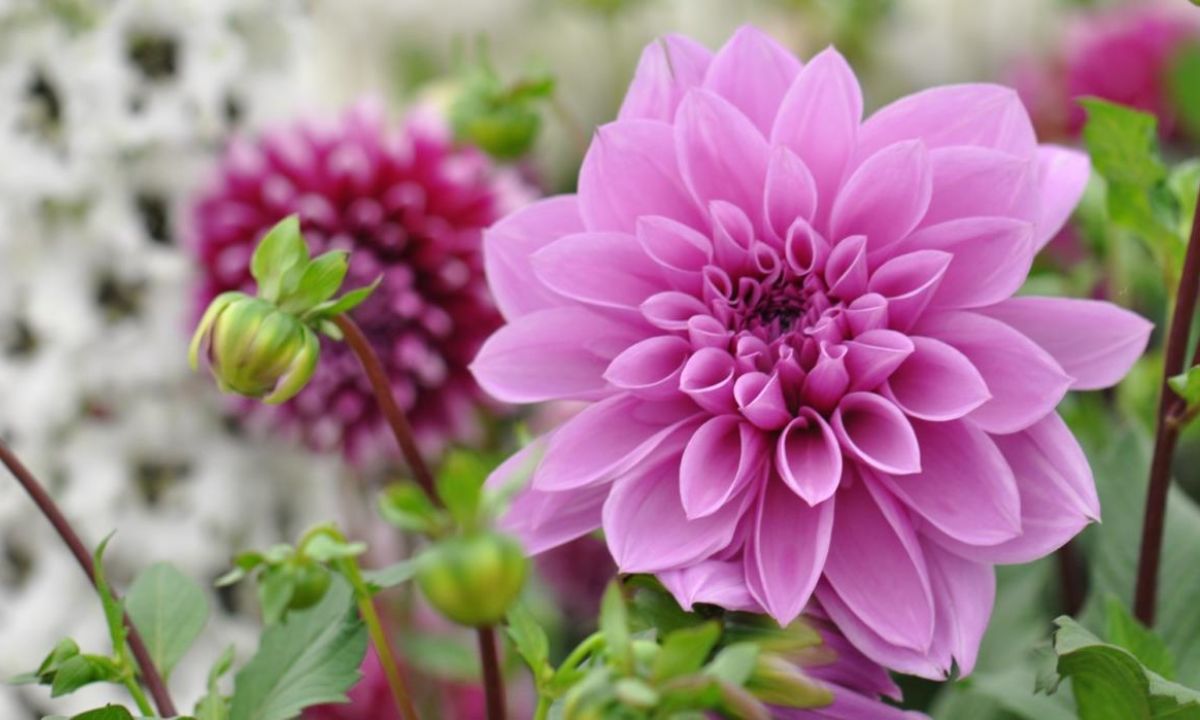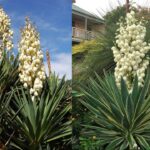Dahlias are some of the most fascinating plants in the gardening world. Known for their incredible variety of shapes, sizes, and vivid colors, these tuberous perennials are beloved by gardeners and florists alike.
Originally hailing from the highlands of Mexico and Central America, dahlias have made their way into gardens worldwide, symbolizing beauty and diversity. While most people admire dahlias for their stunning blooms, there are many lesser-known facts about these captivating flowers.
From their historic uses to their astonishing variety of flower forms, dahlias are far more than just pretty faces. In this article, we’ll uncover 10 little-known facts about dahlias to help you deepen your appreciation and understanding of these garden favorites.
1. They Were Once Grown for Food
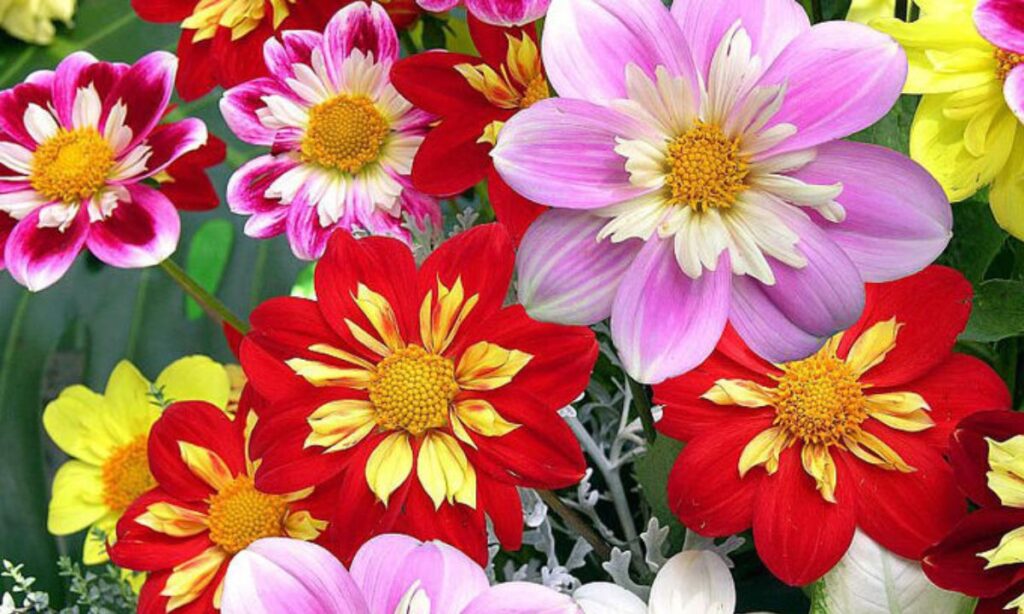
While dahlias are widely recognized for their decorative value, few people know that they were initially cultivated for their edible tubers. The indigenous Aztecs of Mexico viewed dahlias as an important food crop. The plant’s tubers, which have a texture and flavor similar to potatoes, were often roasted or boiled as part of their diet.
In addition to being a food source, the tubers were also used in traditional medicine, believed to treat various ailments. When Spanish explorers encountered dahlias in the 16th century, they saw their potential as a valuable food source in Europe, similar to potatoes.
However, as time went on, Europeans became more captivated by their vibrant blooms, and dahlias were soon cultivated purely for their ornamental value. Today, while the tubers remain technically edible, they are rarely consumed, having firmly transitioned into the realm of horticulture.
2. There Are Over 42 Species of Dahlias
Dahlias are renowned for their extraordinary variety, with over 42 recognized species and countless hybrids. This diversity extends beyond just colors, as the flowers come in a wide range of shapes and sizes.
- Some species produce small, daisy-like blooms with single-layer petals.
- Others boast large, round blooms often compared to pompoms or dinner plates.
This incredible versatility makes dahlias one of the most adaptable flowers in gardening. Whether you prefer soft pastels or bold, rich hues, dahlias can complement any garden theme. Their adaptability to different climates and soil conditions further explains why they are a global gardening favorite.
Here’s a table highlighting the diversity of dahlias:
| Feature | Details |
| Number of Species | Over 42 |
| Flower Sizes | From 2-inch blooms to 12-inch “dinner plates” |
| Popular Varieties | Pompon, Cactus, Decorative, Single |
3. Dahlias Are Classified by Their Flower Forms
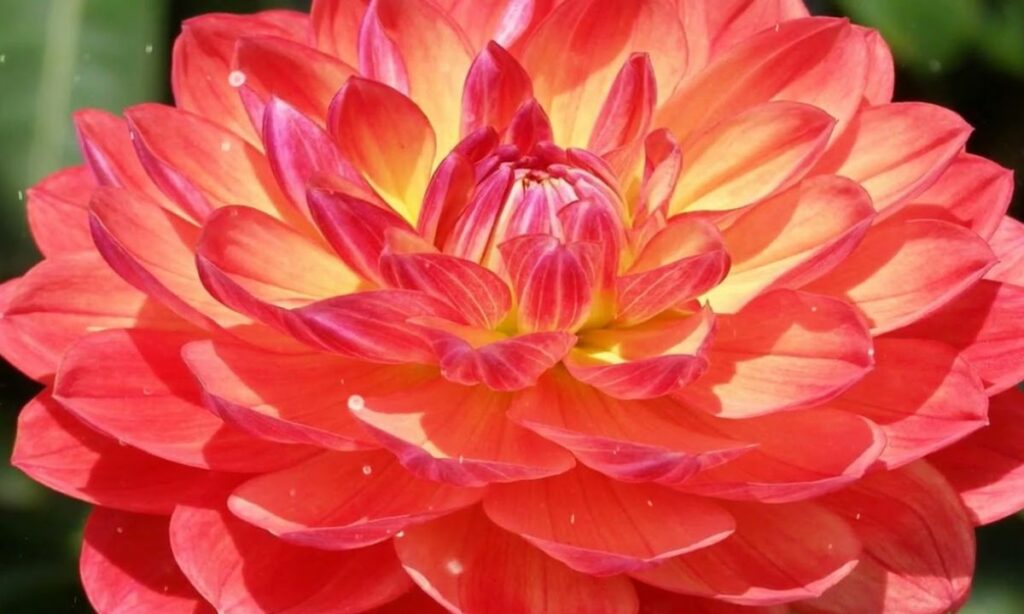
Dahlias are not just categorized by species or color—their flower forms also play a critical role in classification. The American Dahlia Society recognizes 20 different flower forms, each with unique petal arrangements and structures.
Popular Flower Forms
- Cactus Dahlias: Spiky, rolled petals creating a dramatic appearance.
- Pompon Dahlias: Tightly packed, spherical blooms.
- Single Dahlias: Simple, one-layered petals surrounding the central disk.
This system allows gardeners to choose dahlias based on more than just color. For example:
- Decorative Dahlias are known for their broad, flat petals that make a bold visual impact.
- Single Dahlias appeal to those who prefer a minimalist aesthetic.
Understanding these classifications adds another layer of intrigue and appreciation to these remarkable flowers.
4. Dahlias Can Bloom Continuously for Months
One of the standout features of dahlias is their long blooming season. These flowers can produce blooms from mid-summer well into late autumn, outlasting many other perennials.
How to Maximize Bloom Time
- Deadheading: Regularly remove spent flowers to encourage new blooms.
- Watering: Ensure consistent moisture without waterlogging.
- Fertilization: Use a balanced fertilizer to support sustained growth.
With proper care, dahlias can provide months of vibrant color, making them a favorite for gardeners who want a long-lasting floral display. Their extended bloom time also makes them an ideal choice for cut flowers, ensuring fresh arrangements for an extended period.
5. Dahlias Were Named After a Swedish Botanist
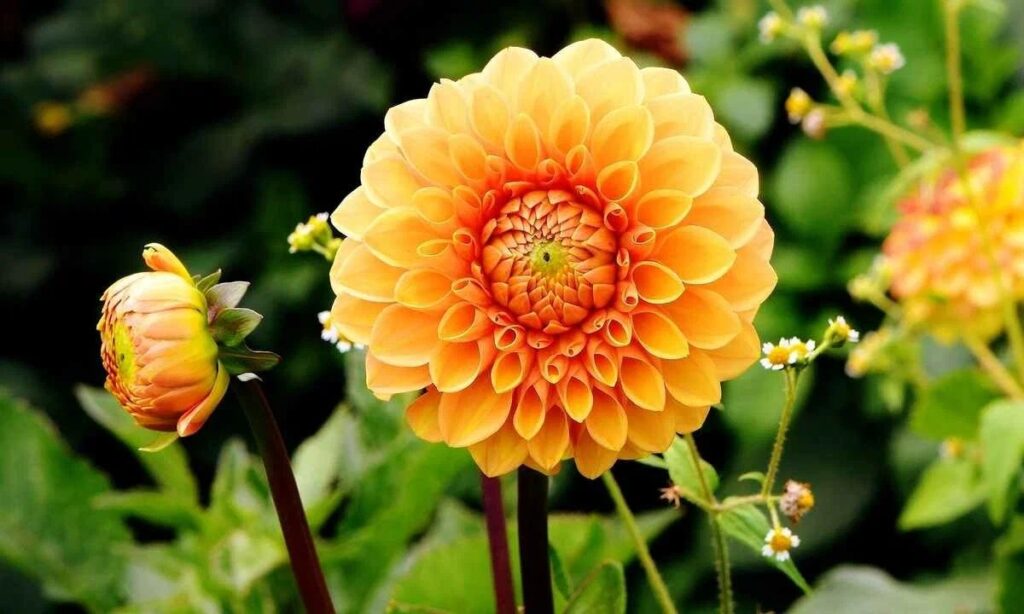
The story behind the name “dahlia” is both fascinating and historical. The flower was named in honor of Anders Dahl, a Swedish botanist and student of Carl Linnaeus, the father of modern taxonomy. After dahlias were introduced to Europe in the 18th century, they were given the Latin name Dahlia as a tribute to Dahl’s contributions to botany.
Interestingly, Dahl himself had little direct involvement with the flower’s discovery. However, his influence in the field of plant classification ensured his name became immortalized through this remarkable plant.
Also Read This: 10 beautiful Black Flowers You Need to Grow in Your Garden
6. Dahlias Come in Every Color Except Blue
Dahlias are celebrated for their extensive color palette, ranging from vivid reds, oranges, and yellows to soft pinks, purples, and whites. However, one color remains absent: true blue.
Despite years of breeding attempts, dahlias lack the pigment needed to produce a natural blue hue. Gardeners looking for blue tones often turn to delphiniums or hydrangeas instead. Nevertheless, the broad spectrum of dahlia colors ensures they remain one of the most versatile flowers in any garden.
7. Dahlias Can Grow Over 6 Feet Tall
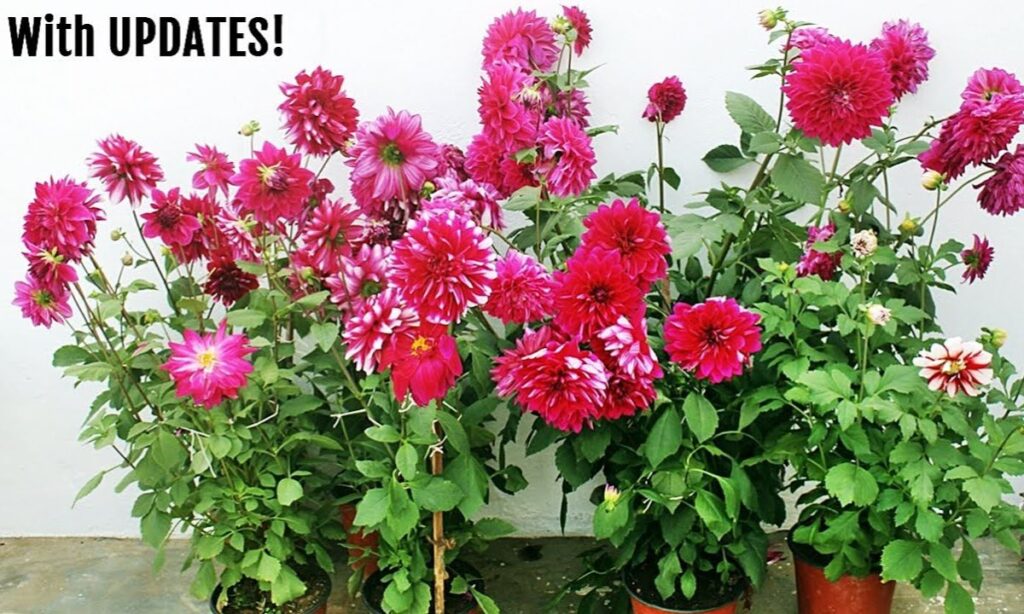
While many dahlias are compact and suitable for small gardens, some varieties can reach impressive heights of over 6 feet. Known as “dinnerplate dahlias” for their enormous blooms, these towering plants make a bold statement in any landscape.
Key Features of Tall Dahlias
- Height: Up to 6 feet.
- Bloom Diameter: Flowers can grow as large as 12 inches.
- Care Needs: Require staking to support their heavy blooms.
Their vertical growth and dramatic flowers make them perfect for garden backdrops or border plantings.
8. Dahlias Are the National Flower of Mexico
Given their origins, it is fitting that dahlias are the national flower of Mexico. In 1963, they were officially recognized as a symbol of the nation’s rich cultural and botanical heritage.
Dahlias hold a special place in Mexican traditions, particularly during the Day of the Dead (Día de los Muertos) celebrations. Their vibrant blooms are used to decorate altars and gravesites, symbolizing both beauty and the fragility of life.
9. Dahlias Are a Favorite for Pollinators
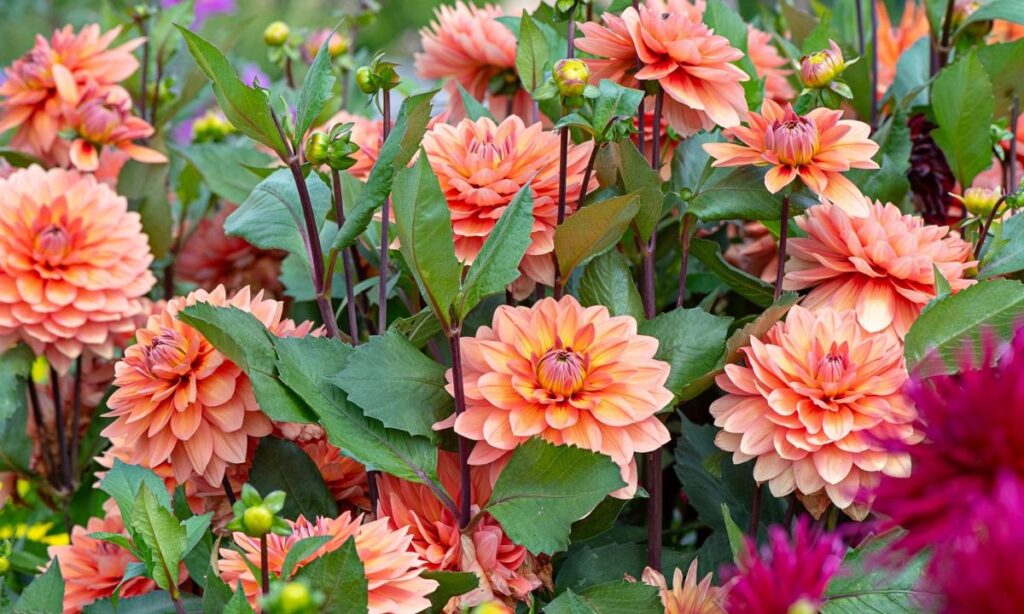
Dahlias are not only beautiful but also beneficial to the environment. Their open, daisy-like blooms attract a variety of pollinators, including bees and butterflies.
Tips for Pollinator-Friendly Gardening
- Choose single-flowered varieties for easier nectar access.
- Plant alongside other pollinator-friendly plants like lavender or sunflowers.
By including dahlias in your garden, you’re not only enhancing its beauty but also supporting local ecosystems.
10. Dahlias Can Be Grown as Annuals or Perennials
Dahlias are versatile in terms of cultivation. Depending on your climate, they can be grown as either annuals or perennials.
Growing Tips
- Warm Climates (Zones 8-10): Leave tubers in the ground year-round.
- Cool Climates: Dig up tubers in fall and store indoors during winter.
This adaptability makes dahlias suitable for gardeners across a wide range of geographic regions.
Frequently Asked Questions
What are dahlias primarily used for today?
Dahlias are mainly grown for their ornamental value, enhancing gardens and floral arrangements.
Are dahlia tubers edible?
Yes, dahlia tubers are technically edible, though they are rarely consumed today.
How do I ensure continuous blooming?
Regular deadheading and proper care can help dahlias bloom continuously throughout the season.
Can dahlias survive frost?
Dahlias are not frost-hardy. In cold climates, tubers should be dug up and stored during winter.
Why are dahlias attractive to pollinators?
Their open blooms and rich nectar make them ideal for attracting bees and butterflies.
Conclusion
Dahlias are not only breathtakingly beautiful but also rich in history and versatility. From their origins as a food crop to their status as a garden staple, these flowers have evolved to offer far more than meets the eye.
Their long bloom time, diverse forms, and adaptability make them a favorite among both seasoned and novice gardeners.
Whether you’re drawn to their vibrant colors or intrigued by their cultural significance, dahlias have something to offer everyone.
By understanding their unique qualities, you can truly appreciate why they continue to captivate gardeners and florists around the world. For anyone looking to add color, charm, and character to their garden, dahlias are an excellent choice.

FAtima is a talented content writer and digital marketer with expertise in SEO, social media management, and online marketing.
